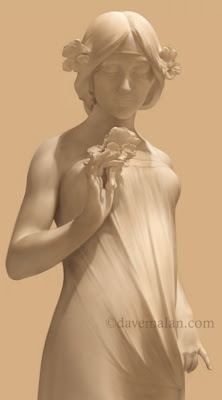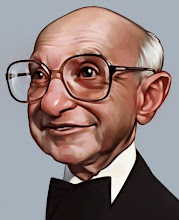step #1 - Get a pad of tracing paper. Set it up on an easel or whatever, close to a photo/model that you want to draw.
step #2 - Draw the subject. Try to do as much measuring as you can. Measure the distance between features with a straight object. Stand at least arms length, close an eye, hold your arm straight and use the end of the pencil and your finger (this is a useful technique for life drawing too). You'll get something fairly rough.
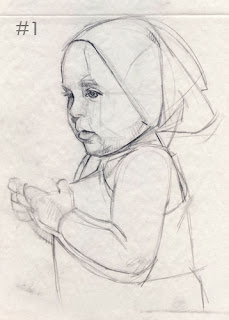 step #3 - Now step back and squint you should be able to see some structural problems. Tear off the drawing and put it underneath the next page and trace only the correct lines. Next, pull away the drawing #1.
step #3 - Now step back and squint you should be able to see some structural problems. Tear off the drawing and put it underneath the next page and trace only the correct lines. Next, pull away the drawing #1.step #4 - Now you've cleaned out a bunch of messy measurement lines. With the new simplified lines as a base, re-draw the subject. You should get closer this time around. Continue to step back and squint to find all the problems.
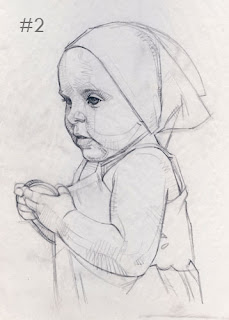 step #5 - Repeat 4-5 times.
step #5 - Repeat 4-5 times.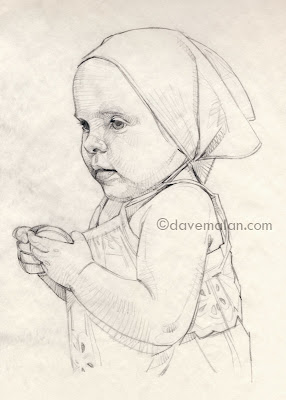 Now this is never intended to be a nice finished drawing and it's not beautiful, but it should help get you closer and closer to accuracy with each iteration, you can transfer it to good paper and do a nice drawing or use it for a painting.
Now this is never intended to be a nice finished drawing and it's not beautiful, but it should help get you closer and closer to accuracy with each iteration, you can transfer it to good paper and do a nice drawing or use it for a painting.You are learning to see. Most people can handle a pencil just fine but seeing where a line should be is much more difficult and takes a lot of practice. Another very important trick for drawing is putting a line down. It doesn't have to be right just put something there and you can then use that line as a fixed point to decide it you are too low/high/long/short/left/right.
This is the basic measuring process I use for every drawing but all together at once on one page and without the tracing paper. This method is just a good way to break it down and take a more analytical approach which helps with learning and makes problems more apparent.

